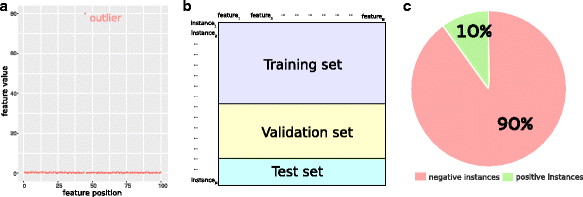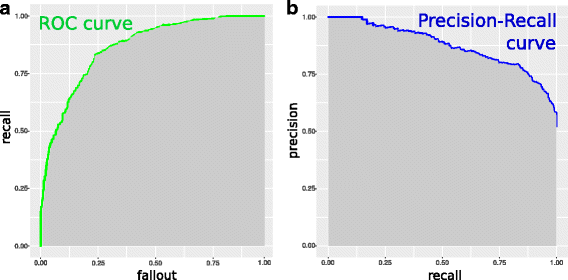Ten quick tips for machine learning in computational biology
- PMID: 29234465
- PMCID: PMC5721660
- DOI: 10.1186/s13040-017-0155-3
Ten quick tips for machine learning in computational biology
Abstract
Machine learning has become a pivotal tool for many projects in computational biology, bioinformatics, and health informatics. Nevertheless, beginners and biomedical researchers often do not have enough experience to run a data mining project effectively, and therefore can follow incorrect practices, that may lead to common mistakes or over-optimistic results. With this review, we present ten quick tips to take advantage of machine learning in any computational biology context, by avoiding some common errors that we observed hundreds of times in multiple bioinformatics projects. We believe our ten suggestions can strongly help any machine learning practitioner to carry on a successful project in computational biology and related sciences.
Keywords: Bioinformatics; Biomedical informatics; Computational biology; Computational intelligence; Data mining; Health informatics; Machine learning; Tips.
Conflict of interest statement
Ethics approval and consent to participate
Not applicable.
Consent for publication
Not applicable.
Competing interests
The author declares that he has no competing interests.
Publisher’s Note
Springer Nature remains neutral with regard to jurisdictional claims in published maps and institutional affiliations.
Figures



References
-
- Baldi P, Brunak S. Bioinformatics: the machine learning approach. Cambridge: MIT press; 2001.
-
- Schölkopf B, Tsuda K, Vert J-P . Kernel methods in computational biology. Cambridge: MIT Press; 2004.
Publication types
LinkOut - more resources
Full Text Sources
Other Literature Sources

